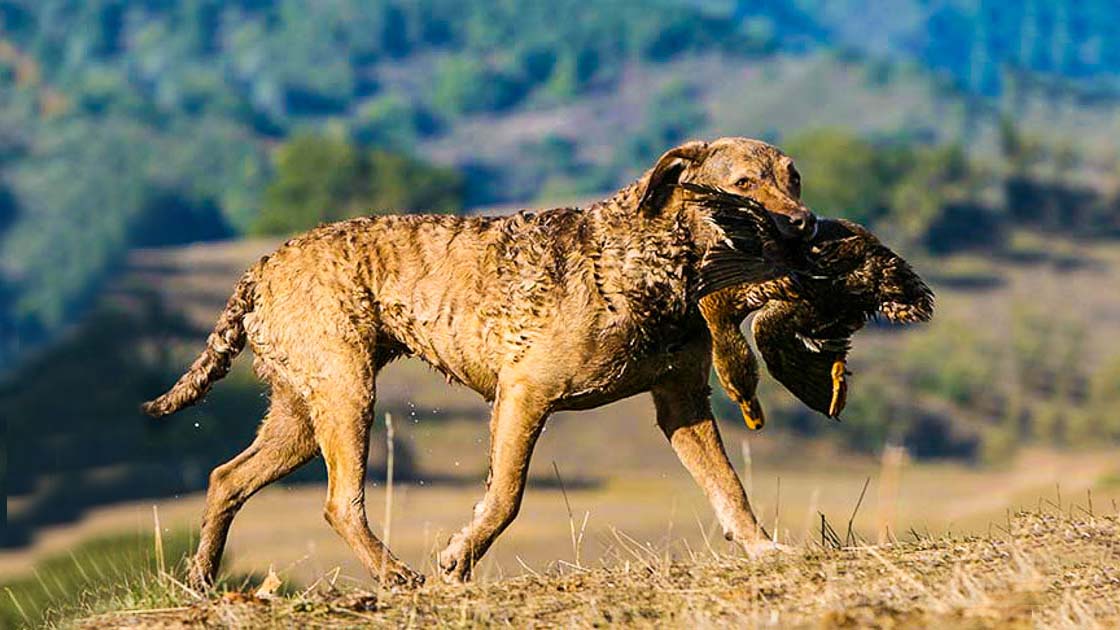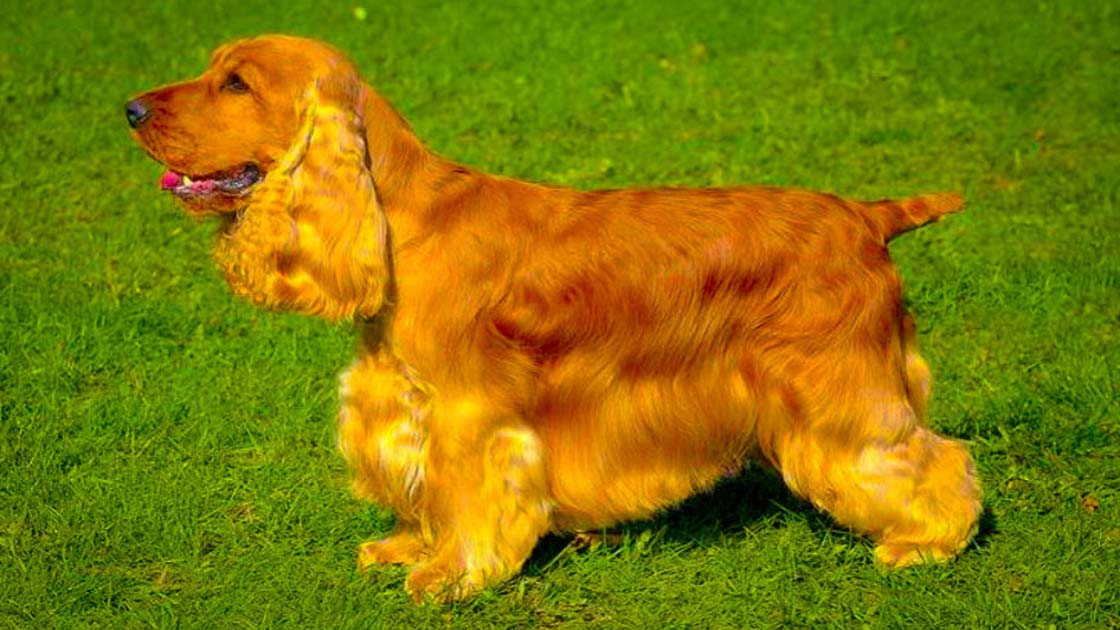Pomeranian
Origin: Germany and Poland
Popularity Rank: 23 Since 2020
Life Span: 7-10 years
Color: Pomeranian dog colors are White or occasionally brown or black, grey, sable, orange, fawn, shaded sable, and red.
Size: Small in size
Height: Pomeranian height is up to 7-12 inches (18-30 cm).
Breed Group: The Pomeranian dog belongs to the toy group.
Pomeranian dog price: Its price ranges are from $1500 – $3000 USD.
Weight: The Pomeranian weight of male and female dog breed is 3 to 7 pounds.
Pomeranian Dog History
The alternative names of the Pomeranian dog are Pom, Loulou, and Dwarf Spitz. It is famous for its small stature and fluffy coat, has a long history that dates back to the Pomerania region, which is now part of modern-day Poland and Germany. This breed was intentionally developed through time to get smaller and has a lineage with big sled-pulling dogs.
Pomeranians rose to fame in the 18th century thanks to Queen Victoria of England, who fell in love with them and associated them with royalty. In the late 19th century, they received breed status from the government. The true origin of this breed started in Pomerania (Poland) and Germany. They originated in the Pomerania region in northwest Poland and northeast Germany in Central Europe.
Moreover, the Pomeranian is a vivacious and exciting Dog breed. This type of dog is a Spitz-type dog famous in Germany. The Pomeranian derives its name from the province of Pomerania, in the North of Germany. The ancestors of Pomeranians are related to the Samoyede and the Esquimaux. When British monarch Queen Victoria visited Italy, she helped popularize this dog breed.
These dogs are overly adored by the British. The American Kennel Club (AKC) has legally registered breeds since 1888, and Pomeranians came to the country in 1892. The American Pomeranian Club held its first exclusively Pomeranian event in 1911.
Pomeranian Dog Qualities
The Pomeranian breed is famous in Germany. They originated in the Pomerania region in northwest Poland and northeast Germany in Central Europe. These dogs are a vivacious and exciting breed. The Pomeranian derives its name from the province of Pomerania, in the North of Germany. The ancestors of
Pomeranian dog breed is related to the Samoyede and the Esquimaux. Their head is somewhat foxy in outline or wedge-shaped, and their eyes are medium in size rather than oblique in shape. They have small ears covered with soft and short hair. Their nose can be black, black-tan, or white dogs. Their neck is covered with a profuse mane and frill of long straight hair.
In addition, Pomeranian breed falls into the toy dog category due to their diminutive size. Pomeranians are lively, sociable, and entertaining pets. Both people and other dogs are hostile to them. Pomeranians are hyperaware of their surroundings and respond to new stimuli by barking incessantly. They can bark when they hear disruptions outside their immediate territory because they are possessive. Because they pick things up quickly and pay attention to instructions well, intelligent Pomeranians can be highly successful at getting what they want from their owners. They have undercoats and overcoats, two different kinds of clothing.
Pomeranian Dog Body
The dog’s head is somewhat foxy in outline or wedge-shaped, and its eyes are medium in size rather than oblique in shape. They have small ears covered with soft and short hair. Their nose can be black, black-tan, or white dogs.
Moreover, their neck is covered with a profuse mane and frill of long straight hair. The short muzzle is beautiful and straight. The stop is audible. The color of the coat affects the nose’s hue. The bite resembles the blades of scissors. The almond-shaped eyes are medium in size and black. The tiny, upright ears are perched high.
Coat
A distinguishing quality of this breed, the Pomeranian coat displays some essential traits. The coat is longer in the chest and neck regions. It has a thick undercoat and a longer, rougher-textured outer coat, making it double-coated. Second, Pomeranians have a thick fluffy mane around their necks, commonly called a “ruff.” Thirdly, numerous colors are available for their coat, including Consisting of wolf sable, orange sable, brindle, red, orange, white, cream, blue, brown, black, black and tan, and parti-color, which is white with colored markings.
Fourth, their fur needs routine maintenance to preserve its attractiveness and avoid matting. Last but not least, Pomeranians dogs are renowned for having tails that are proudly carried over their backs, which only serves to enhance their allure.
Pomeranian Health Issues
Pomeranians are prone to early tooth loss, decay, slipping stifles, and skin irritations. Collapsing trachea disease, hypothyroidism, congestive heart failure, and seizure diseases are common in Pomeranian dogs.
Dental Issues: Gum disease and tooth loss are two dental problems that Pomeranians are prone to. Professional cleanings and routine dental care are crucial.
Luxating Patella: This ailment causes the kneecap to dislocate, which causes lameness. In extreme circumstances, surgical intervention and dislocated patellas (kneecaps) can be necessary.
Tracheal Collapse: Pomeranians may have tracheal collapse, which can make breathing difficult and cause coughing. Symptoms can be reduced with proper management and avoidance of triggers.
Heart Problem: Pomeranians are susceptible to heart conditions such as congestive heart failure and heart murmurs. Monitoring their heart health requires routine cardiac examinations.
Eye Problem: Cataracts, progressive retinal atrophy, and dry eyes are among the eye diseases that Pomeranians are susceptible to developing. For early detection and treatment, routine eye exams are crucial.
Treatment
Pomeranian dogs require the following necessary treatment:
Management and Lifestyle Changes: Proper management, such as maintaining a healthy weight, avoiding triggers for allergies, and altering the environment, can help control and lessen the impact of some diseases.
Specialized Diets: Some diseases may call for dietary changes, such as particular food formulations or supplements to treat the illness.
Ongoing Monitoring: Regular monitoring, follow-up appointments, and diagnostic tests may be necessary to evaluate the efficacy of the treatment and alter the plan as needed.
For More Details Contact Us [icon name=”square-phone” prefix=”fas”]







